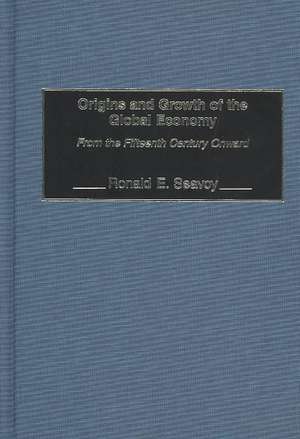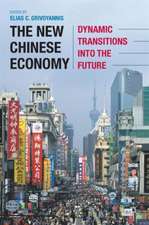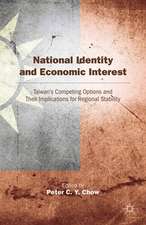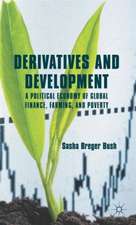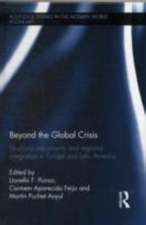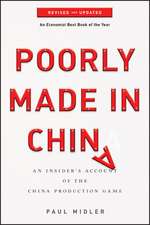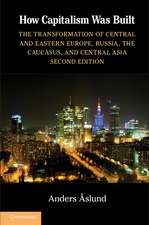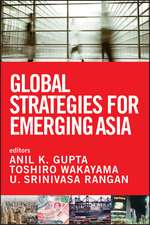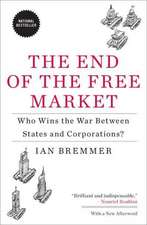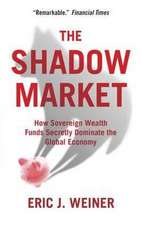Origins and Growth of the Global Economy: From the Fifteenth Century Onward
Autor Ronald E. Seavoyen Limba Engleză Hardback – 29 mai 2003 – vârsta până la 17 ani
Preț: 439.17 lei
Preț vechi: 605.00 lei
-27% Nou
Puncte Express: 659
Preț estimativ în valută:
84.05€ • 87.42$ • 69.38£
84.05€ • 87.42$ • 69.38£
Carte tipărită la comandă
Livrare economică 14-28 aprilie
Preluare comenzi: 021 569.72.76
Specificații
ISBN-13: 9780275979126
ISBN-10: 0275979121
Pagini: 312
Dimensiuni: 156 x 235 x 28 mm
Greutate: 0.59 kg
Ediția:New.
Editura: Bloomsbury Publishing
Colecția Praeger
Locul publicării:New York, United States
ISBN-10: 0275979121
Pagini: 312
Dimensiuni: 156 x 235 x 28 mm
Greutate: 0.59 kg
Ediția:New.
Editura: Bloomsbury Publishing
Colecția Praeger
Locul publicării:New York, United States
Notă biografică
RONALD E. SEAVOY is Professor Emeritus of History at Bowling Green State University. His most recent book is Subsistence and Economic Development (Praeger, 2000).
Cuprins
IntroductionBeginnings of European Commercial ExpansionCommerce and Taxation in England in the 17th and 18th CenturiesIndustrialization and ImperialismImperial Governance as RevolutionImperial Commerce Becomes Global CommerceGlobal Corporations in the 21st CenturyConclusionBibliographyIndexMaps
